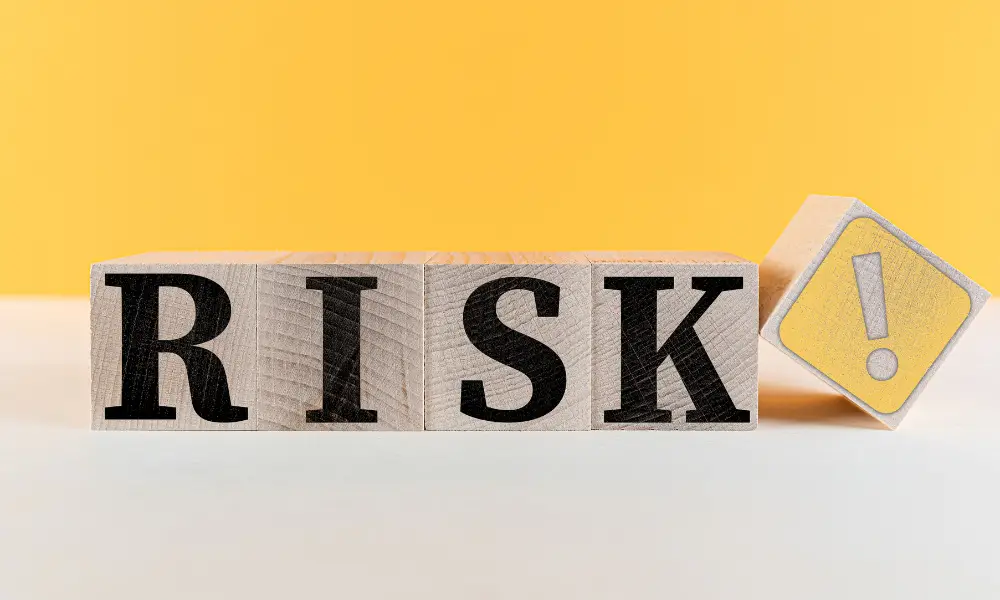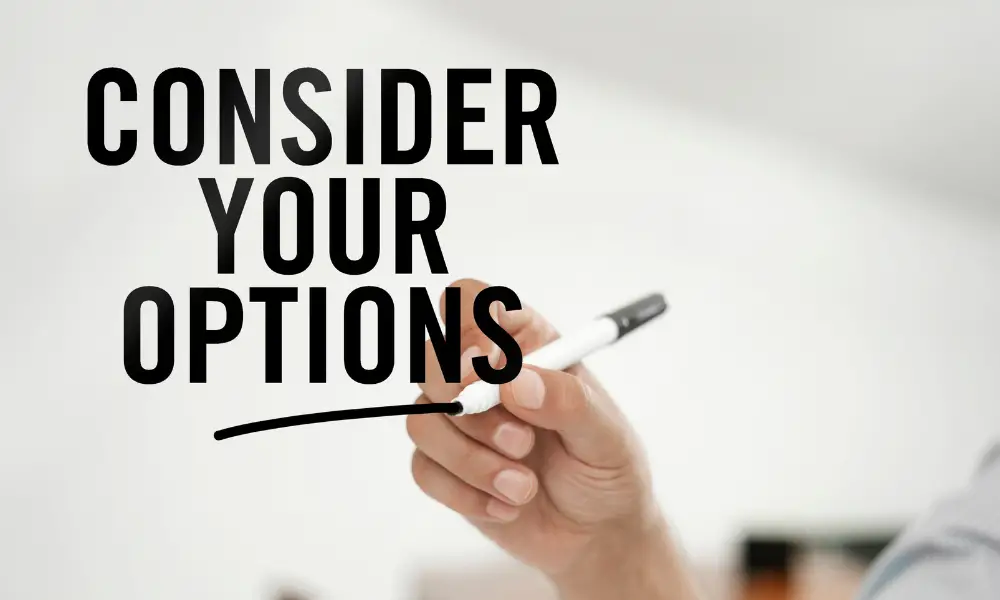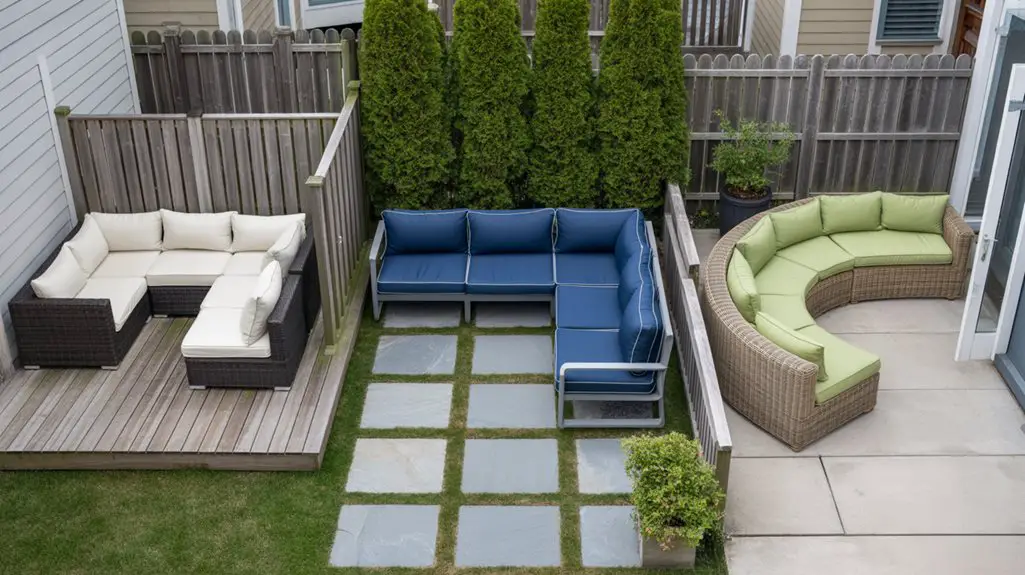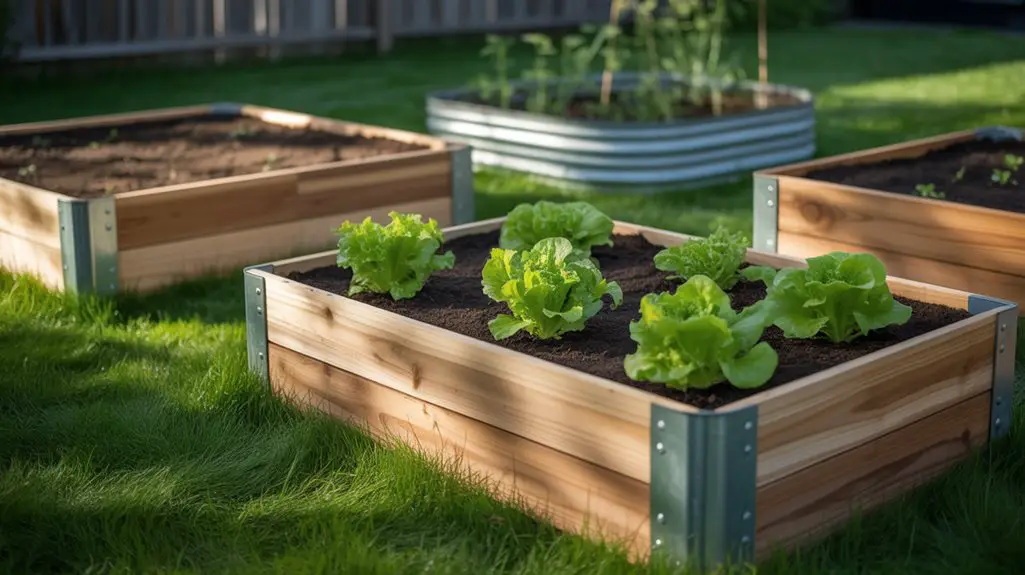As the old saying goes, ‘It’s all fun and games until someone gets hurt.’ Unfortunately, this can often apply to something as innocent as your backyard swing set.
While it may be a place of joy and laughter for your children, you might not have considered the potential risks or liabilities involved.
Are they covered by your homeowner’s insurance policy?
This isn’t just about financial value; it involves understanding what is defined as ‘other structures’ in insurance terms and evaluating possible dangers that could lead to an unfortunate accident.
From filing an insurance claim for damage to considering additional coverage options, we’ll guide you through the process.
Key Takeaways

- Swing sets and other outdoor equipment may not be covered by homeowners’ insurance policies.
- Conducting a risk assessment and regular maintenance checks are important for the safety of the swing set.
- Filing an insurance claim for swing set damage requires documenting the damages and contacting the insurance provider promptly.
- Additional coverage options, such as umbrella liability insurance, should be considered for swing sets.
Understanding Your Homeowner’s Policy
Let’s dive into the nitty-gritty of your homeowner’s policy to see if it’ll have your back when it comes to swing sets
You know, understanding your insurance policy isn’t as daunting as you might think. It’s all about knowing where to look and what to look for.
First off, check out the ‘Coverage C’ section of your policy. This part typically covers personal property, which may include outdoor equipment like swing sets.
However, not all policies are created equal. Some may only cover damages caused by specific perils, such as fire or theft, while others offer broader coverage.
Now let’s talk about Policy Updates and Insurance Deductibles. Did you recently add a swing set? If so, be sure to update your policy immediately.
The last thing you want is an outdated policy that doesn’t account for recent additions! About deductibles, remember this: a lower deductible means higher premium payments but less out-of-pocket costs in case of damage or loss; a high deductible means lower premiums but more expenses should be a peril strike.
So don’t hesitate! Dig up that homeowner’s policy and scrutinize its provisions today for peace of mind tomorrow.
Defining ‘Other Structures’ in Insurance Terms

You’ve probably never considered it, but your homeowner’s policy can include coverage for ‘other structures,’ which refers to any additional buildings or installations on your property that aren’t attached to your main house.
This classification is important in insurance terminologies because it goes beyond just covering the bricks and mortar of your main dwelling.
- Sheds and detached garages: These fall into the category of ‘other structures’. Any damage incurred by these freestanding edifices would be covered under this aspect of your policy.
- Fences and driveways: Though not technically buildings, these are still considered ‘structures’ and therefore come under the same protection.
- Play sets or swing sets: Yes, even these are considered separate structures for insurance purposes.
Understanding structure classifications allows you more freedom when deciding what kind of insurance coverage you need for each unique aspect of your home.
In doing so, you ensure that every inch of your property is protected against potential damages or losses.
So while it might seem strange to think about a swing set as an insurable structure, remember that in the eyes of an insurer, every part counts towards ensuring comprehensive coverage without exceptions or grey areas.
Determining the Value of Your Playground Equipment

Assessing the worth of your backyard playground equipment might feel like child’s play, but it’s an essential step in making sure you’re not left out of pocket if disaster strikes.
You’ll need to consider both the initial cost and any depreciation over time.
Here is a simple table that can guide you through this process:
| Step | Description |
|---|---|
| Initial Cost | This is how much you paid for the playground equipment initially. If you built it yourself, include material costs and labor values. |
| Equipment Depreciation | Have you added or upgraded any parts? Include their cost as well as their depreciation rates too. |
| Upgrades/Additions | Have you added or upgraded any parts? Include their cost as well as their own depreciation rates too. |
| Maintenance Costs | Regular playground maintenance is crucial for safety but also adds up in terms of expenditure – these costs should factor into your calculations too. |
However, remember that insurance replacements often only cover ‘like-for-like,’ so even if your set has depreciated heavily, don’t expect a brand-new replacement without adjusting your coverage accordingly beforehand.
Remember to reassess these factors periodically to ensure adequate coverage at all times without infringing on your freedom to enjoy your backyard oasis worry-free!
Evaluating Potential Risks and Liability

While enjoying your backyard playground might feel like the epitome of carefree fun, it’s vital not to overlook potential risks and liability issues that could rain on your parade.
Conducting a proper Risk Assessment will identify these hazards before they become problems.
This involves carefully checking every aspect of your swing set – from ensuring the structure is stable and secure to verifying there are no sharp edges or protruding screws.
Your Risk Assessment should also consider the surrounding area. Is there enough space around the swing set for safe play?
Are there any obstructions or hazardous objects nearby?
Taking these precautions is part of the comprehensive Safety Measures you need to take to protect your freedom to enjoy leisurely time without worry.
Safety Measures also include regular maintenance checks. Make sure all equipment remains intact, sturdy, and free from wear and tear over time.
Keeping a close eye on things helps mitigate potential risks, providing peace of mind that everything is as safe as possible.
Knowing about potential liabilities doesn’t just protect those playing on your swings; it safeguards you, too, by reducing chances of accidents leading to insurance claims or legal disputes—preserving everyone’s enjoyment while maintaining a sense of responsibility for safety first.
Filing an Insurance Claim for Damaged Swing Set

Should your backyard playground sustain damage, it’s crucial to understand the process of filing an insurance claim.
This can seem daunting, but with a little knowledge and preparation, you’re perfectly capable of navigating this path yourself.
Firstly, contact your insurance provider immediately after noticing the damage. The sooner they know about it, the quicker they can start the claim process.
Document everything; take pictures or videos of all damages before any repairs are done. This will serve as concrete evidence when submitting your claim.
Next comes the damage assessment phase, where an adjuster from your insurance company may visit to inspect the swing set. They’ll evaluate and estimate repair costs based on their findings.
Be sure to keep copies of any estimates or invoices related to repair work for record-keeping purposes.
It’s essential not to feel restricted by this procedure; remember that you have rights throughout this process. You’re entitled to dispute any decisions made if you believe them unfair or incorrect.
But bear in mind that each case is unique, and outcomes vary depending on particular circumstances.
Remember to stay proactive and informed during this journey – understanding how insurance claims work puts you in control and gives you peace of mind amid uncertainty.
Considering Additional Coverage Options

After you’ve navigated the path of filing an insurance claim for any damages to your swing set, it’s worthwhile to consider exploring additional coverage options.
The traditional homeowners’ policy may not cover all potential risks associated with a home swing set.
Here’s where understanding the nuances of ‘Coverage limits’ and ‘Policy exclusions’ comes in handy. Let’s look at a simple comparison:
| Coverage Limits | Policy Exclusions |
|---|---|
| May require higher premiums for higher limits | Specific situations or items that are not covered |
| Typically mentioned in the “Exclusions” section of the policy | Typically mentioned in the “Exclusions” section of policy |
If your swing set costs more than the current limit on your homeowners’ insurance policy, you might need to increase this limit or consider purchasing an additional policy like umbrella liability insurance.
Similarly, if there are specific exclusions related to playground equipment in your policy, you would have to explore endorsement options that amend these exclusions.
Always read through your existing policies thoroughly and consult with your agent before making decisions.
While this might feel overwhelming initially, taking these steps ensures freedom from the financial burdens that unexpected incidents can impose. Remember – it’s better to be safe than sorry!
Conclusion
As Dorothy once said in The Wizard of Oz, “There’s no place like home.” But just as her journey wasn’t without risks, neither is owning a swing set. It’s crucial to understand your insurance policy, evaluate potential hazards, and consider any additional coverage options.
When it comes to protecting your playground equipment or filing an insurance claim for damages, knowledge truly is power. Being well-informed can help you navigate the “yellow brick road” of insurance with confidence.




